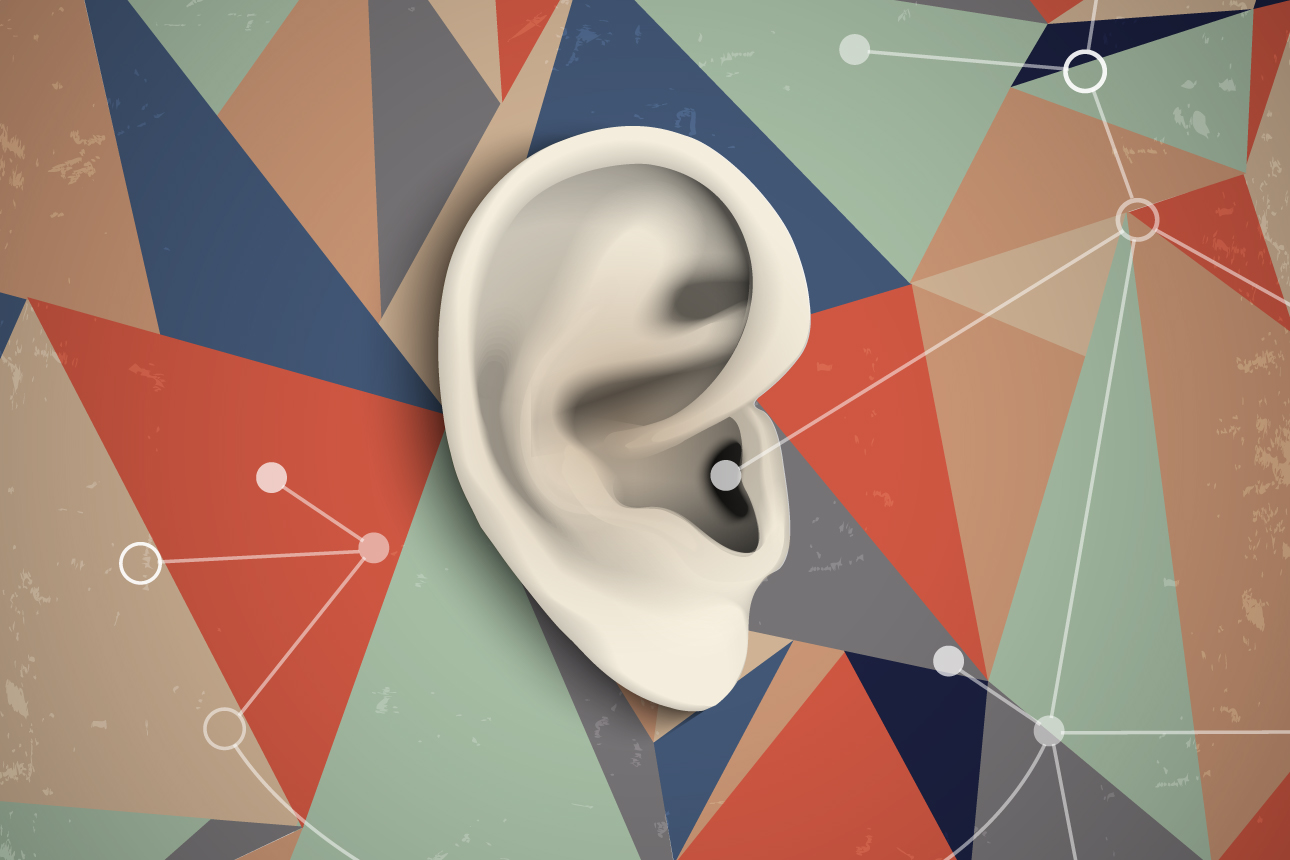What Does the Future of Work Sound Like?
The sounds employees are exposed to in the workplace can impact their emotional states as well as the quality of their work.

Now, in the third year of the pandemic, employers and employees alike are reconsidering the true purpose of the modern workplace. The majority of Americans (68%) now say that the ideal workplace model is one that allows for both remote and onsite work — a perspective that offers employers and designers an unprecedented opportunity to rethink the in-office employee experience. What will the future of collaborating and coworking look like? How will employers ensure workers’ safety, health, and well-being within their walls?
One surprising design solution is sound. We know through research that music and sound have the innate ability to change people’s emotional states. And while we have been able to unlock the power of sound for new platforms and products — such as through branded soundscapes at American Express, and custom sounds to enhance the safety of Nissan’s electric vehicles — sound has remained primarily an afterthought in the workplace.
Email Updates on the Future of Work
Monthly research-based updates on what the future of work means for your workplace, teams, and culture.
Please enter a valid email address
Thank you for signing up
Before the pandemic, two-thirds of U.S. office workers were in open office environments filled with bad acoustics and distracting noises from loud group meetings, phone and video calls, watercooler chatter, and the clicking of keyboards. But it doesn’t have to be this way. Made Music Studio’s research shows that companies can improve employees’ workplace experiences — by creating a sense of privacy, masking bad noise, and enhancing mood, focus, and even productivity — through the right use of sound.
Any company, small or large, can use sound to ensure that its office environment meets employees’ needs in this new era of work.
Curate interruption-free environments. Not everyone’s remote working environment is perfectly curated. Some employees might consider the workplace a welcome respite from the sonic unpredictability and distractions — whether from family members, construction, or other environmental noise — they experience when working from home.
Employers can offer employees private areas to engage in focused work, but they can also carefully curate the sonic experience, providing employees with their own version of an audio “blank canvas.” Be it silence (or perceived silence, through white noise or other audio masking techniques), the right playlist, or a customized ambience, thoughtfully designed sound can make the workplace environment a space free of acoustic interruptions, which may increase productivity.
